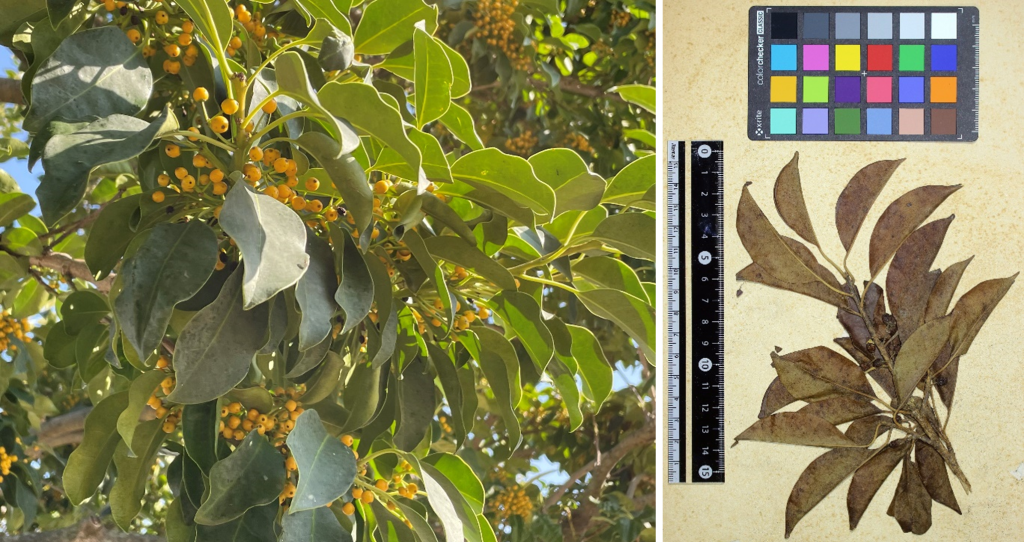2023-02-16 カリフォルニア大学サンタバーバラ校(UCSB)
◆カリフォルニア大学サンタバーバラ校の科学者チームが開発したこの研究は、学術誌『eBioMedicine』に掲載された。この薬剤は、多くの細菌の機能を同時に破壊することで効果を発揮します。このことが、試験したすべての病原体を死滅させ、薬剤を長期間曝露しても細菌の耐性がほとんど認められなかったことの説明になると考えられます。
◆発見は、セレンディピティ(偶然)だった。米陸軍は、兵士の生存に不可欠な携帯電話の充電を急務としていた。バクテリアは小型の発電所であることから、バザンのグループはバクテリアのエネルギーを利用する「微生物」電池となる化合物を設計したのである。その後、これらの化合物を抗生物質として再利用するアイデアが生まれました。
◆この薬のユニークな点は、細菌がこの薬に対して耐性を持たないことです。そして、細菌耐性は一般に抗生物質開発にとって大きな障害となる。なぜなら、耐性はその薬の市場での潜在的価値を制限するからである。
◆この抗生物質は、ユニークな作用機序を持っています。ペニシリンのように特定の菌の機能をターゲットとするほとんどの薬とは異なり、この新薬は多くの機能を同時にターゲットとします。
◆この薬剤を臨床で使用する前に、臨床的な利点とリスクを十分に理解するために、追加の薬剤安全性および有効性試験を実施する必要があります。
<関連情報>
- https://www.news.ucsb.edu/2023/020846/resistance-futile
- https://www.thelancet.com/journals/ebiom/article/PIIS2352-3964(23)00026-9/fulltext
耐性菌を呼び起こさない広域合成抗生物質 A broad-spectrum synthetic antibiotic that does not evoke bacterial resistance
Douglas M. Heithoff,Scott P. Mahan,Lucien Barnes V,Semen A. Leyn,Cyril X. George,Jaime E. Zlamal,Jakkarin Limwongyut,Guillermo C. Bazan,Jeffrey C. Fried,Lynn N. Fitzgibbons,John K. House,Charles E. Samuel,Andrei L. Osterman,David A. Low,Michael J. Mahan
eBioMedicine Published:February 15, 2023
DOI:https://doi.org/10.1016/j.ebiom.2023.104461

Summary
Background
Antimicrobial resistance (AMR) poses a critical threat to public health and disproportionately affects the health and well-being of persons in low-income and middle-income countries. Our aim was to identify synthetic antimicrobials termed conjugated oligoelectrolytes (COEs) that effectively treated AMR infections and whose structures could be readily modified to address current and anticipated patient needs.
Methods
Fifteen chemical variants were synthesized that contain specific alterations to the COE modular structure, and each variant was evaluated for broad-spectrum antibacterial activity and for in vitro cytotoxicity in cultured mammalian cells. Antibiotic efficacy was analyzed in murine models of sepsis; in vivo toxicity was evaluated via a blinded study of mouse clinical signs as an outcome of drug treatment.
Findings
We identified a compound, COE2-2hexyl, that displayed broad-spectrum antibacterial activity. This compound cured mice infected with clinical bacterial isolates derived from patients with refractory bacteremia and did not evoke bacterial resistance. COE2-2hexyl has specific effects on multiple membrane-associated functions (e.g., septation, motility, ATP synthesis, respiration, membrane permeability to small molecules) that may act together to negate bacterial cell viability and the evolution of drug-resistance. Disruption of these bacterial properties may occur through alteration of critical protein–protein or protein-lipid membrane interfaces—a mechanism of action distinct from many membrane disrupting antimicrobials or detergents that destabilize membranes to induce bacterial cell lysis.
Interpretation
The ease of molecular design, synthesis and modular nature of COEs offer many advantages over conventional antimicrobials, making synthesis simple, scalable and affordable. These COE features enable the construction of a spectrum of compounds with the potential for development as a new versatile therapy for an imminent global health crisis.
Funding
U.S. Army Research Office, National Institute of Allergy and Infectious Diseases, and National Heart, Lung, and Blood Institute.


